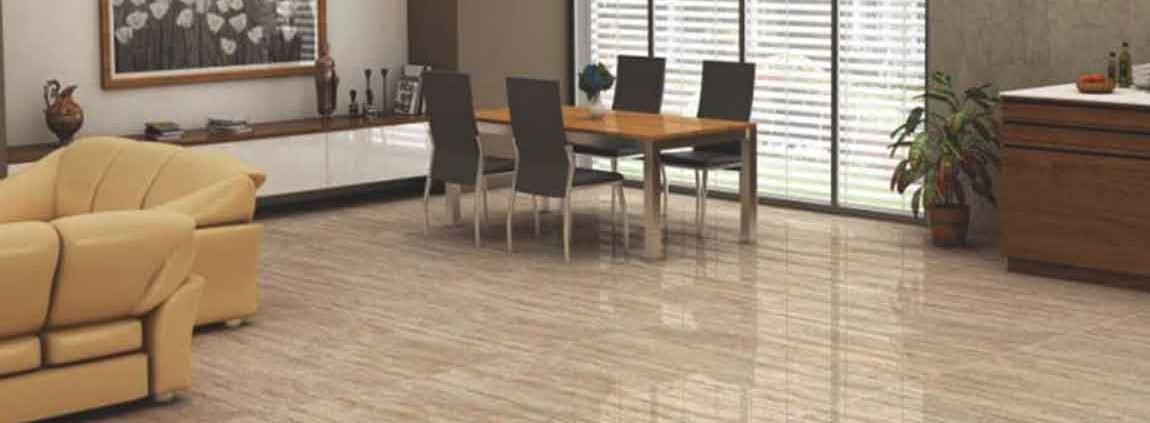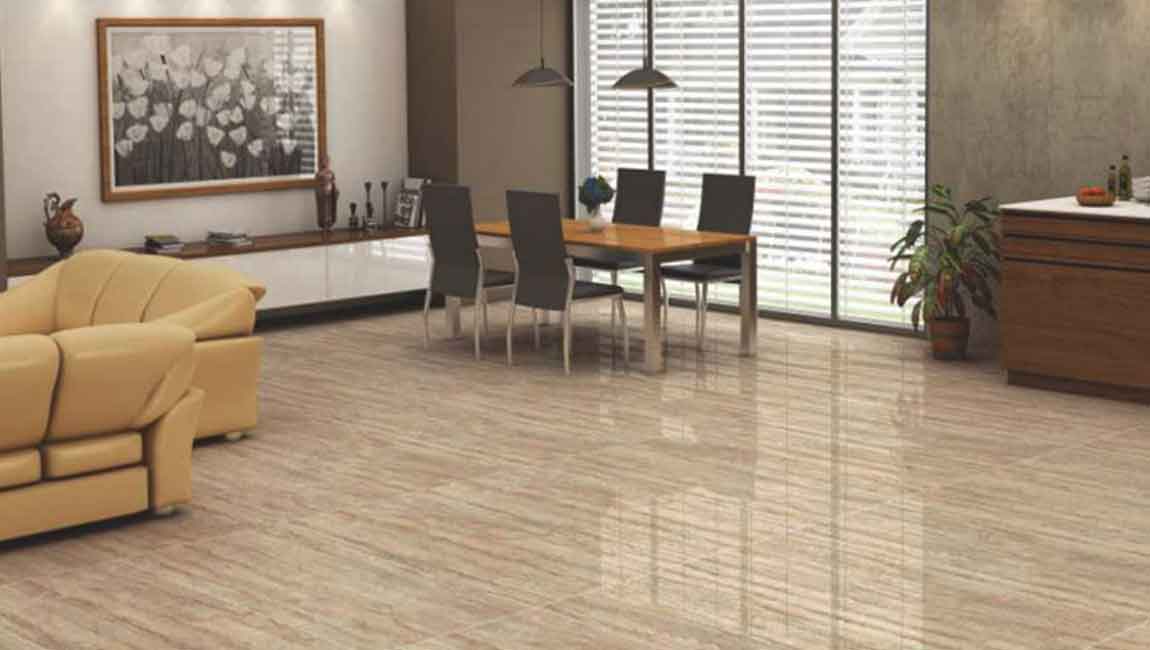How to Doing Routine Cleaning a Stone Tile Shower?
Wipe away loose buildup and grime. Wet a clean, soft cloth, like one made of microfiber, in warm water. Firmly wipe down all of your shower’s stone tiles and the grout in between. This will make it easier for you to find and target more severe buildup and hidden stains. Soft clothes will be the gentlest on the finish of your stone. Rough fabric, over time, could cause the surface of your stone to pit or cloud.
Scrub grout with a toothbrush and a mild detergent. The narrow crevices between cement tiles and filled with grout are a prime location for buildup. Use a mild detergent, like dish soap, warm water, and a toothbrush to scrub the grouted cracks between ceramic tiles. Rinse the area thoroughly afterwards and repeat as necessary until the grout is clean.
Because grout is often dirtier than the tile itself, clean the grout first to prevent it from spreading to the kitchen tile. Avoid using general grout cleaners when cleaning the grout of natural stone tile. These often have ingredients that can damage your stone. Stiff bristle brushes can harm the finish of your stone and cause scratches. Only use soft bristle brushes and soft cloths when cleaning.
Clean the stone with a mild detergent or stone soap. Mix together warm water and a couple drops of mild detergent, like dish soap. Stir the solution to distribute the soap. Dip a soft rag into the solution, wring excess liquid from it, and use it to wipe down the casstle tiles. Rinse the tiles frequently as you do so.
Soaps that are formulated for the natural stone used in your shower can be found at most hardware stores. Cleaners that are acidic can damage your stone tile. Only use cleaners that are pH neutral (a 7 pH rating), which should be indicated on the cleaner’s label information. Using more soap isn’t always better. Too much soap in your solution could result in streaks or a film remaining on the marble tiles after cleaning.
Cut through soap scum with an ammonia and water solution. Soap scum is a common problem and it can be difficult to remove. Cut through it with a solution of a half cup (237 ml) ammonia and a gallon (3.8 L) of water. Apply the solution to the tile with a clean, soft cloth.
Using ammonia to clean your stone too frequently can negatively impact its appearance, causing it to dull. Stay on top of general cleaning to prevent soap scum from building up. This way, you’ll only have to infrequently use ammonia. Dry the stone after cleaning. Avoid leaving cleaners on your stone for long periods of time, especially ones that can cause dulling or fading, like ammonia or hydrogen peroxide. Rinse the tiles design thoroughly and then wipe them dry with a clean, soft towel.













